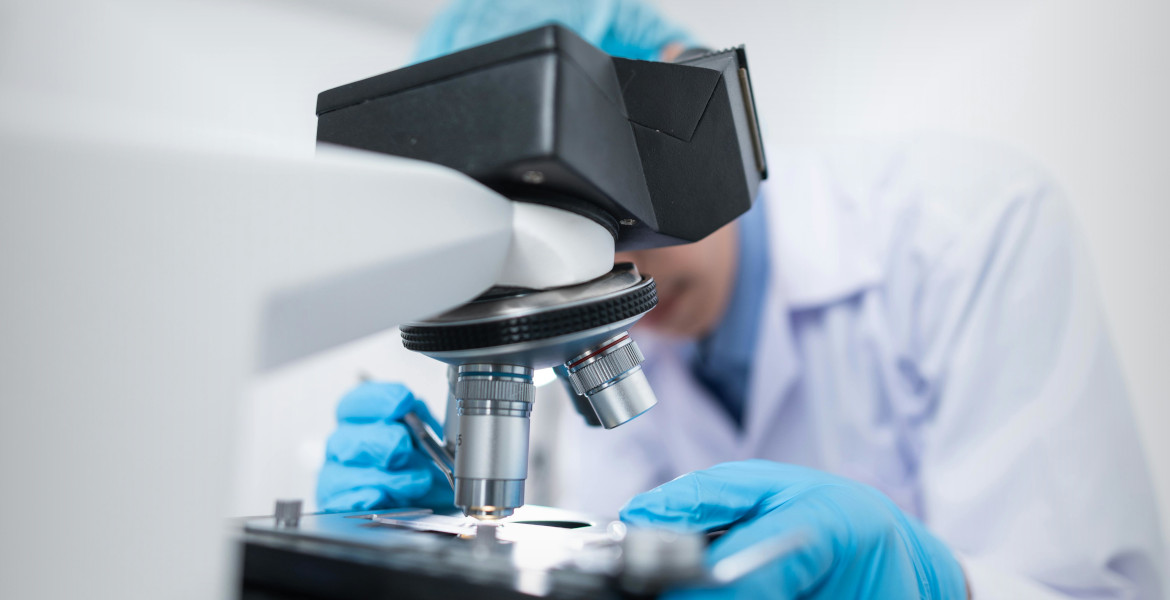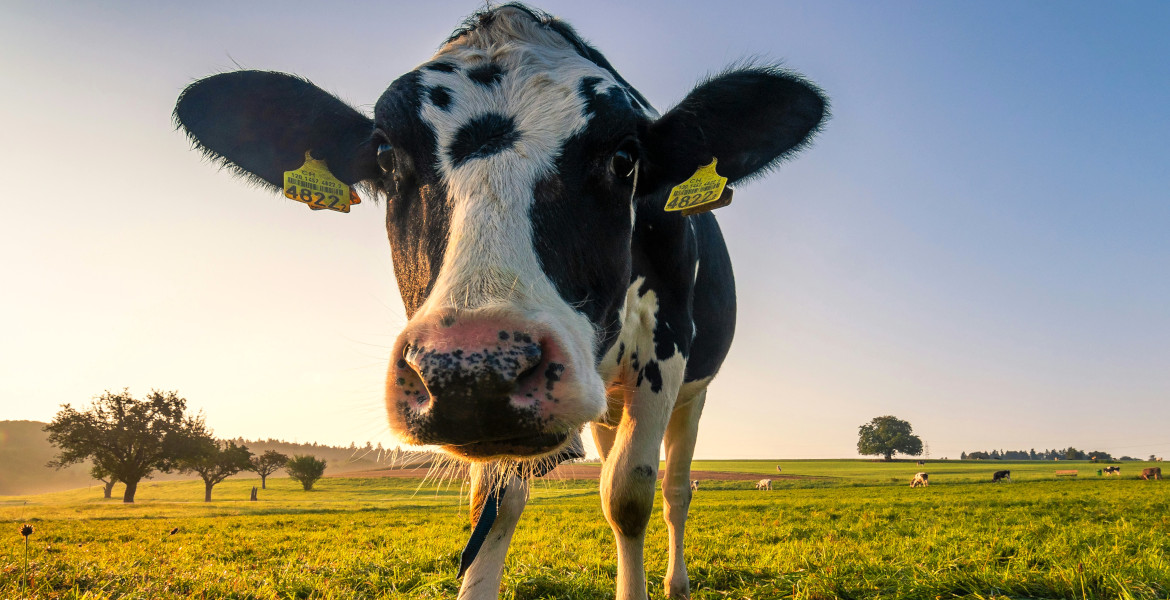Children whose parents divorce risk falling behind in their development – particularly in social skills, reading ability and physical health. The results come from a major study that followed 62,000 preschool children and compared children from divorced and intact families.
The research, published in the journal BMJ Paediatrics Open, is one of the largest studies conducted on younger children and shows that divorce can slow young children's development in several areas.
Divorces don't just affect adults but also have a significant impact on children. However, previous research has often been based on small groups of voluntary participants and produced conflicting results. Additionally, studies have primarily focused on older children, which has left knowledge about how the youngest children are affected inadequate.
The new study fills this knowledge gap by examining children between 3 and 5 years old – a critical age period where development progresses particularly rapidly and where important foundations are laid for the child's future social, emotional and cognitive abilities.
The researchers used the so-called Human Capability Index, which measures children's development across nine areas: reading, speech, writing, learning, persistence, language comprehension, cultural knowledge, social and emotional abilities, and physical health.
Worse at almost everything
Of the more than 62,000 children in the study, 2,409 (just under 4 percent) had parents who had divorced. When researchers compared these children with children from intact families, the differences became clear: children whose parents had divorced scored lower on almost all developmental areas.
The largest differences were in social and emotional skills, physical health and reading ability, while medium-sized differences were seen for verbal communication, persistence, language comprehension and cultural knowledge. The least impact was noticed in the areas of writing and general learning ability.
Overall, the study showed that children from divorced families had a greater risk of falling behind in their development compared to peers whose parents still lived together.
The researchers emphasize that the results highlight the need for more research on how society can support this vulnerable group. Parents, relatives and friends, healthcare services and society as a whole need to find better ways to help children through divorce processes so that their development is not negatively affected.




